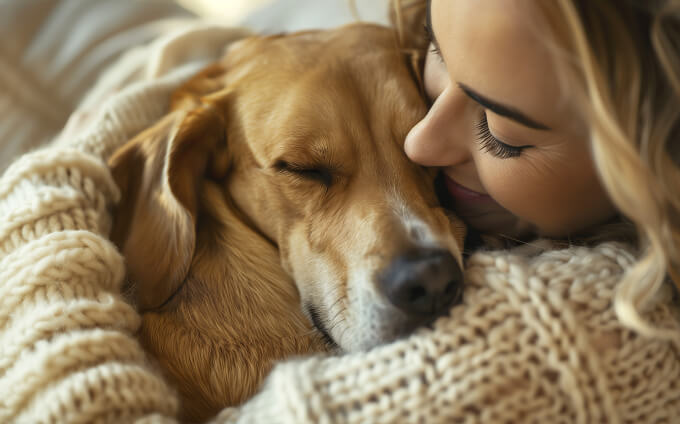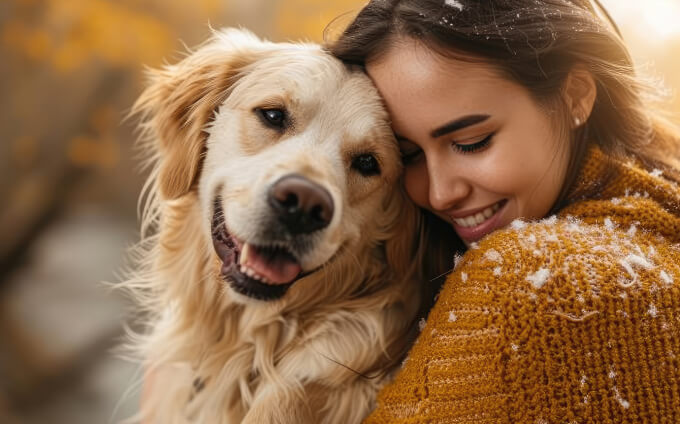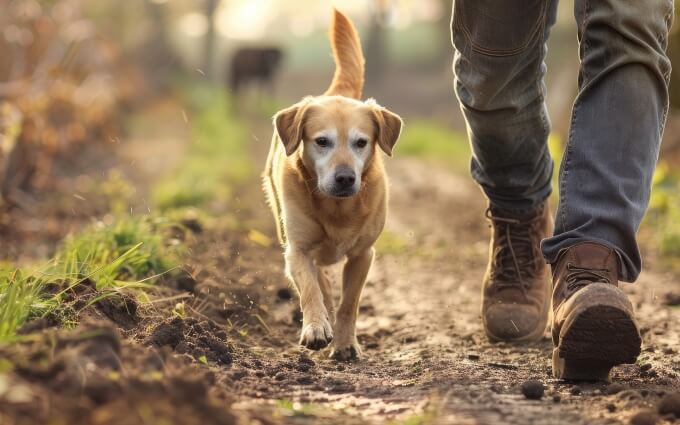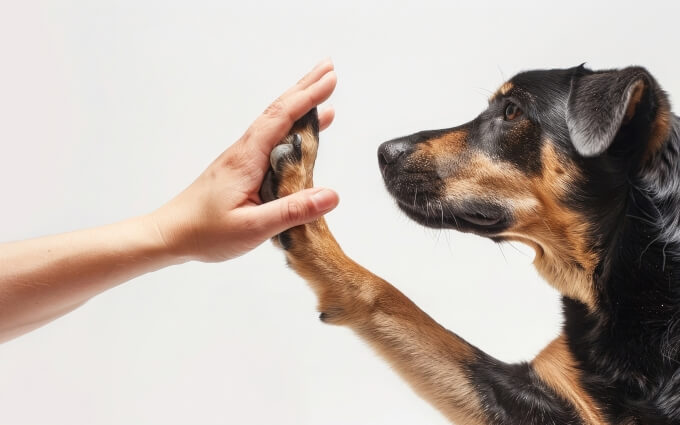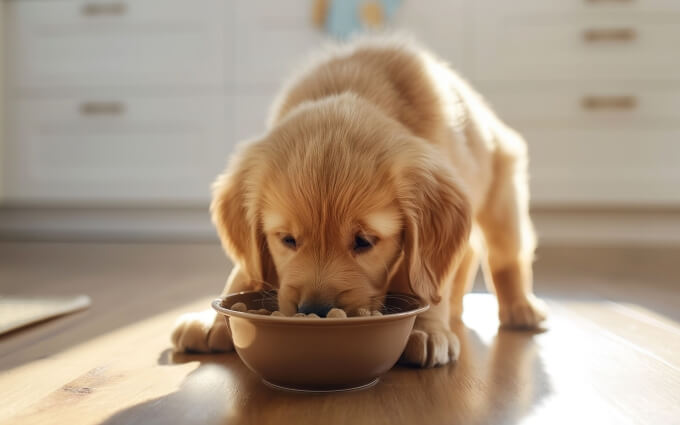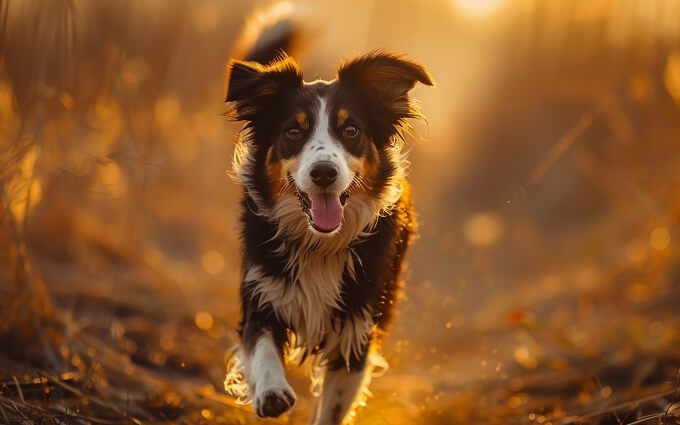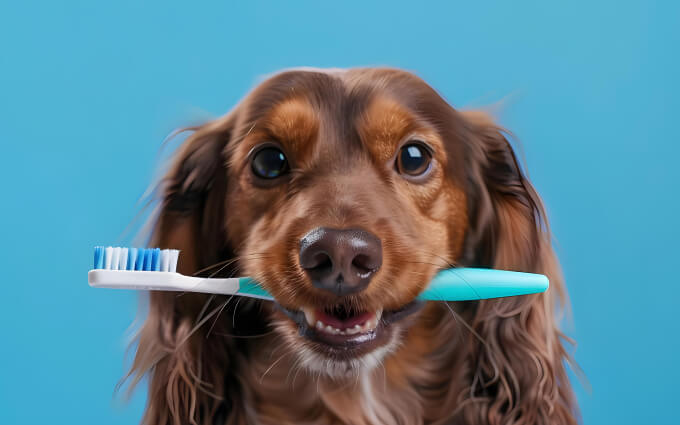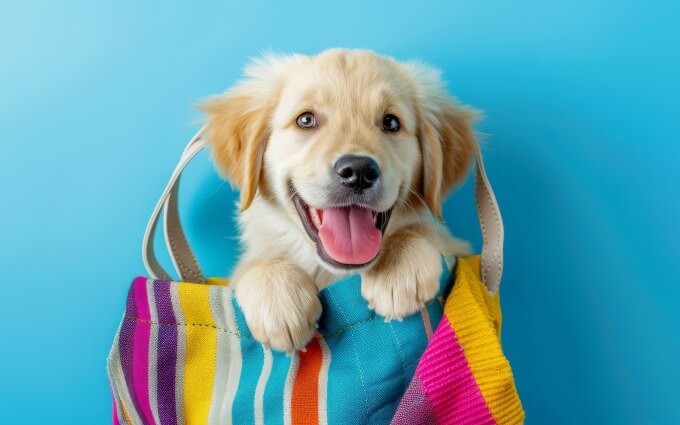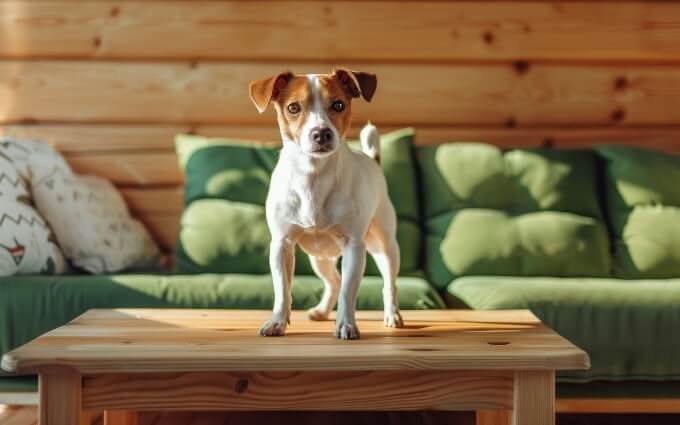- Home
- Puppies & Young dogs
- How to Puppy-Proof Your Home: A Complete Guide
How to Puppy-Proof Your Home: A Complete Guide
Bringing a new puppy home is thrilling, but keeping them safe means some serious puppy-proofing. This guide covers everything from securing hazardous items to creating a puppy-friendly zone, making your home a safe haven for your curious new companion.

- 12
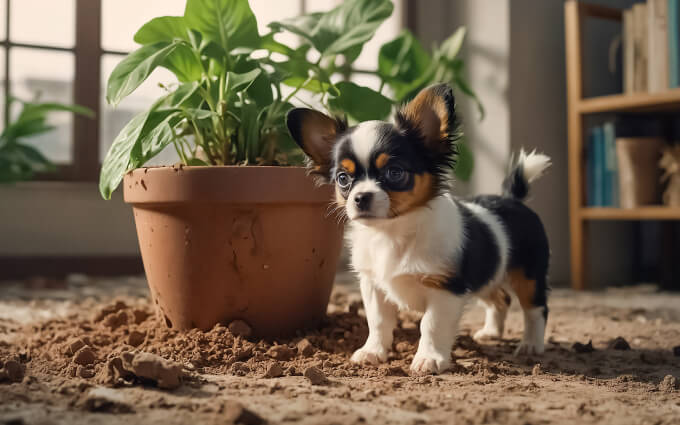
Why Puppy-Proofing Is Essential
Getting a puppy is like welcoming a fluffy tornado into your home. They're adorable, playful, and curious - and a little too good at getting into trouble. Puppy-proofing your house isn't just about protecting your stuff, it's about keeping your puppy safe from hazards they don't even know exist. Cords, cabinets, sharp objects, and even houseplants can all be dangerous to a curious pup.
Puppy-proofing is more than a one-time task. As your puppy grows and becomes more adventurous, you'll need to continuously adjust your home to keep it safe. Think of it as baby-proofing, but with more tail-wagging and less crying (hopefully).
Puppy-Proofing Room by Room
Living Room
The living room is where most family bonding happens, but it's also full of potential hazards for your puppy. First up, cords. Puppies have an uncanny ability to find and chew on cords - TVs, lamps, or blinds. To avoid an electrocution disaster, tuck cords away behind furniture or use cord protectors. Coffee tables can also be a problem. Low surfaces mean easy access to remote controls, which can be a choking hazard or expose your puppy to dangerous batteries.
If you have a fireplace, a sturdy screen is essential. Puppies are not only at risk of burns but can also get sick from chewing on logs or licking ashes. Keep windows and screens closed or secured, as even a small pup might try to push through if something catches their eye outside.
Kitchen
The kitchen is a landmine of hazards, from sharp knives to toxic foods. Make sure sharp objects are out of reach and store dangerous foods like chocolate, grapes, and onions in closed cabinets. Use child-proof locks on lower cabinets to keep cleaning supplies and garbage out of reach. Trash cans with tight lids are a must to prevent them from scavenging dangerous scraps like bones or aluminum foil.
Avoid leaving plastic bags out as they can be a suffocation hazard, and never leave hot surfaces unattended - puppies are curious and quick to investigate.
Bathrooms
Bathrooms may seem harmless, but they pose their own set of risks. Toilets are drowning hazards for small pups, so always keep the lid closed, and avoid using cleaning tablets in the bowl, as these chemicals are dangerous if ingested. Medications, razors, and cleaning products should all be stored in high cabinets. Even things like toilet paper rolls can become chew toys, so keep those out of reach too.
Outdoor Puppy-Proofing
Your puppy will love running around outside, but the yard needs just as much attention as inside the house. Start by inspecting your fence. Puppies are escape artists, and even the smallest gaps in fences can be exploited. Secure all gates and ensure they latch properly. Also, check for any dangerous plants. Many common garden plants, like lilies or sago palms, are toxic to dogs. If in doubt, remove them or plant them in areas your puppy can't reach.
- Fill in any gaps or holes in fences.
- Secure garden tools like shovels and rakes to prevent accidents.
- Use pet-friendly fertilizers and pesticides in your garden.
If you have a pool or pond, make sure your puppy is always supervised. Some dogs aren't natural swimmers, and water can be a real danger.
Toys, Training, and Boundaries
A bored puppy is a destructive puppy. Providing plenty of chew toys will help direct their energy away from your furniture and shoes. Interactive toys like treat-dispensing balls can also keep their minds busy. If they start chewing something they shouldn't, use a ‘no-chew' spray on furniture to deter them. Crate training is also a fantastic way to keep your puppy safe while you're not home. It gives them a cozy den to relax in, and keeps them out of trouble when unsupervised.
Teaching basic commands like ‘leave it' and ‘drop it' is crucial for your puppy's safety. Puppies explore the world with their mouths, and you never know when they'll try to chew on something dangerous. Positive reinforcement training from day one will help them understand what's acceptable to chew and where they can go.
Training Your Family to Puppy-Proof
Puppy-proofing isn't just about preparing the house - it's about preparing everyone who lives there. Kids should learn to keep their toys out of the puppy's reach and avoid leaving small items, like Lego or hair ties, on the floor. Ensure all family members know to keep doors closed, especially to rooms that are off-limits. The same goes for visitors who might not realize the house is now home to a furry escape artist.
Consistency is key. Make sure everyone in the household is on the same page when it comes to puppy-proofing and setting boundaries.
Puppy-Proofing Never Ends
As your puppy grows, their ability to get into trouble grows too. You'll need to stay vigilant and keep adjusting your home to meet their changing needs. A puppy-proof home isn't a one-and-done project - it's an ongoing process that will ensure your puppy stays safe, healthy, and happy as they grow into adulthood.
By following these steps and staying proactive, you'll create a home where your puppy can thrive without getting into too much mischief. And remember, it's okay if things don't go perfectly right away. Puppy-proofing is a learning process for both you and your new furry friend.
Frequently Asked Questions about Puppy-Proofing Your Home
What does it mean to puppy-proof a home?
Puppy-proofing means making your home safe by removing hazards, securing dangerous items, and creating a safe space for your puppy.
Which areas of the house are most important to puppy-proof?
Focus on kitchens, bathrooms, living areas, and any place with electrical cords, small objects, or toxic substances.
How can I prevent my puppy from chewing dangerous items?
Provide appropriate chew toys, store harmful items out of reach, and use deterrents for off-limit objects.
Are gates or barriers necessary for puppy-proofing?
Yes, baby gates or barriers help restrict your puppy to safe areas and prevent accidents in unsafe zones.
When should I start puppy-proofing my home?
Start before bringing your puppy home to ensure a safe environment from day one.
- 12
 Michelle Torring
Michelle Torring
Michelle is a passionate dog owner who spends most of her free time with her 6-year-old golden retriever, Bella. The two are a familiar sight in the neighborhood, often seen on long walks in the park or at the beach. Michelle loves training Bella in agility and they often compete in local competitions where Bella impresses with her speed and agility. Every Sunday, Michelle organizes playdates for dogs in the neighborhood where both dogs and owners can socialize and learn from each other. To Michelle, Bella is not just a dog, but a beloved family member and faithful companion.
-
Food & Nutrition
 The Best Foods to Boost Your Dog's Immune System
The Best Foods to Boost Your Dog's Immune SystemTo keep your dog healthy and resilient, fueling their immune system with the right foods is key. In this post, we'll cover the top nutrient-packed foods that can give your dog's immune system the support it needs, helping them fend off illness and stay energetic.
 Marcin SolgaardOct 04, 20249
Marcin SolgaardOct 04, 20249 -
Dog Behavior
 Does My Dog Know I Care About It?
Does My Dog Know I Care About It?Discover the ways your dog shows it knows you care and how you can reinforce that loving bond through simple actions and daily interactions.
 Cassandra DalgaardAug 05, 202444
Cassandra DalgaardAug 05, 202444 -
Dog health
 Which Emotions Do Dogs Actually Experience? Understanding Your Dog's Emotions
Which Emotions Do Dogs Actually Experience? Understanding Your Dog's EmotionsDogs experience a variety of basic emotions similar to those of a young child. Learn about the emotions your dog truly feels, how they express them, and what it means for your relationship.
 Cassandra DalgaardJul 30, 202478
Cassandra DalgaardJul 30, 202478 -
Tips & Tricks
 How to Train Your Dog to Walk Off-Leash
How to Train Your Dog to Walk Off-LeashThis guide will walk you through everything you need to know, from essential commands to mastering off-leash walks even in distracting environments
 Marcin SolgaardJul 02, 202451
Marcin SolgaardJul 02, 202451 -
Tips & Tricks
 How to Train Your Dog to Give Paw
How to Train Your Dog to Give PawTeaching your dog to give paw is a fun and rewarding experience that strengthens your bond. This guide walks you through the process with tips, tricks, and plenty of paw-sitive reinforcement.
 Marcin SolgaardApr 11, 202441
Marcin SolgaardApr 11, 202441 -
Food & Nutrition
 How to Choose the Right Diet for Your Allergic Dog
How to Choose the Right Diet for Your Allergic DogFind out how to select the perfect diet for your dog with allergies. Learn about elimination diets, hypoallergenic foods, and the best ingredients to keep your furry friend healthy and happy.
 Marcin SolgaardJun 09, 202427
Marcin SolgaardJun 09, 202427 -
Tips & Tricks
 How to Teach Your Dog to Come When Called
How to Teach Your Dog to Come When CalledThis guide walks you through the process, from selecting the right command to dealing with distractions, ensuring a strong recall every time.
 Marcin SolgaardJul 10, 202448
Marcin SolgaardJul 10, 202448 -
Dog health
 Essential Tips for Caring for Your Dog's Teeth and Gums
Essential Tips for Caring for Your Dog's Teeth and GumsMaintaining your dog's dental health is crucial for their overall well-being. This guide covers various methods to care for your dog's teeth and gums, ensuring they stay healthy and happy.
 Cassandra DalgaardAug 19, 202436
Cassandra DalgaardAug 19, 202436 -
Puppies & Young dogs
 New Puppy? Here's What You Need to Buy
New Puppy? Here's What You Need to BuyPreparing for a new puppy involves gathering essential supplies to ensure they have a comfortable and happy start in their new home. Here's your ultimate shopping list!
 Marcin SolgaardMay 06, 202448
Marcin SolgaardMay 06, 202448 -
Tips & Tricks
 How to Keep Your Dog Off the Furniture
How to Keep Your Dog Off the FurnitureEnsuring your dog stays off the furniture can be a challenge, but with the right techniques and consistency, you can create a pet-friendly environment that respects your space.
 Marcin SolgaardJun 24, 202439
Marcin SolgaardJun 24, 202439


